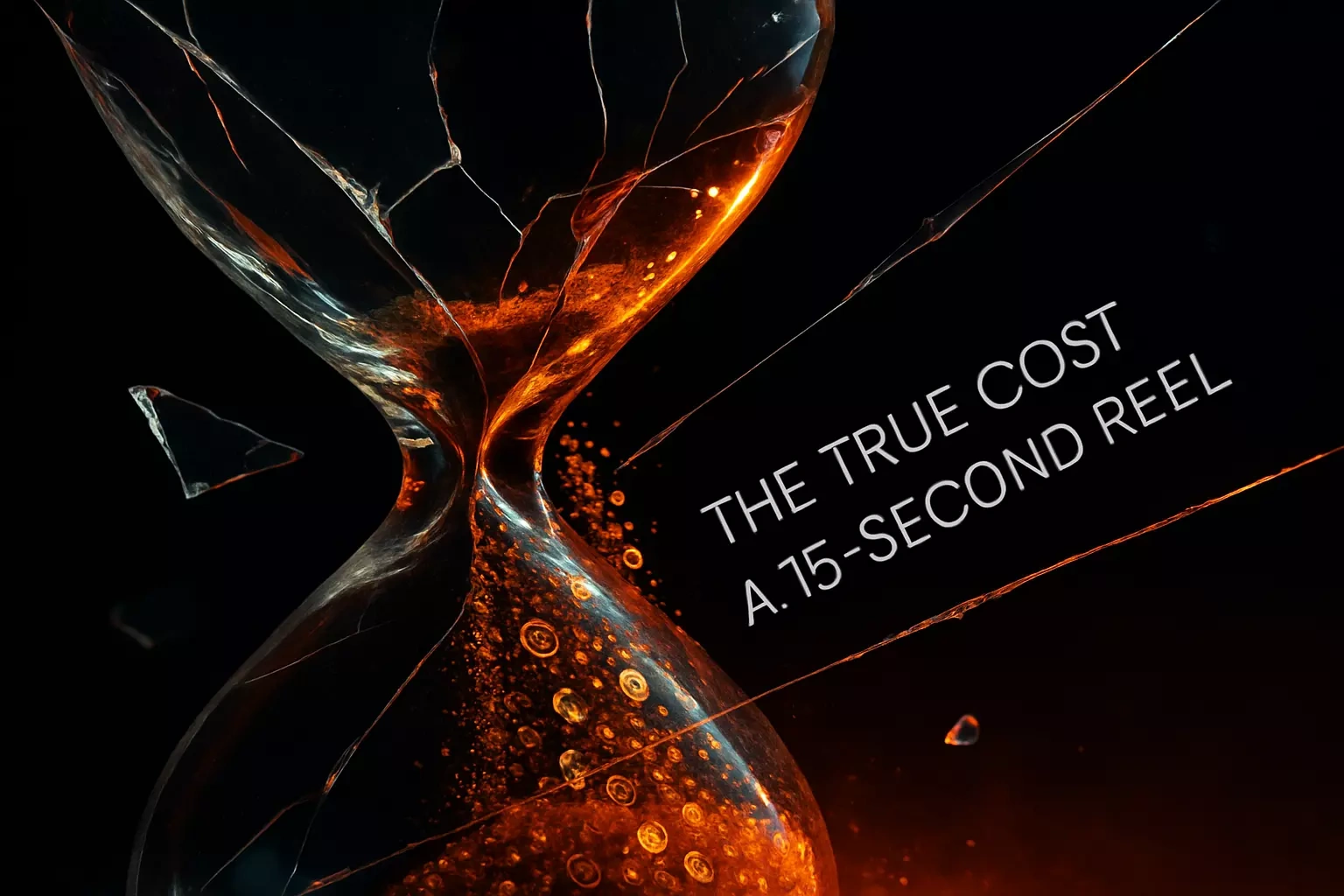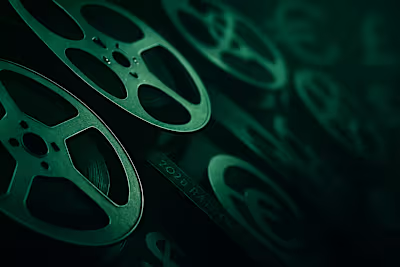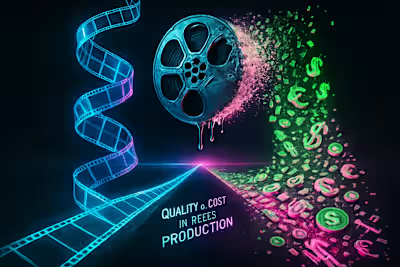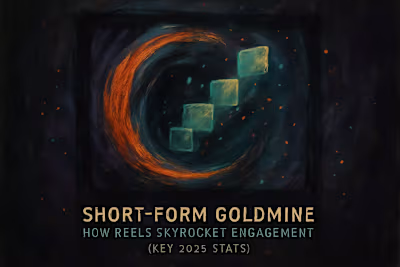The True Cost of a 15-Second Reel: A Complete Budget Breakdown

The True Cost of a 15-Second Reel: A Complete Budget Breakdown
Deconstructing the Videographer's Rate: What Are You Paying For?
Pre-Production: Concept, Strategy, and Planning
Production: Shooting Time and Equipment
Post-Production: Editing, Effects, and Revisions
Experience and Expertise Level
Beyond the Videographer: Additional Production Costs
Talent: Actors, Models, or Influencers
Location and Studio Rental Fees
Props, Wardrobe, and Set Design
Music Licensing Fees
Example Budget Scenarios for a 15-Second Reel
The Lean & Simple Reel (Under $1,000)
The Polished & Professional Reel ($1,000 - $4,000)
The High-End & Cinematic Reel ($5,000+)
Making Smart Budget Decisions
References
The True Cost of a 15-Second Reel: A Complete Budget Breakdown
Deconstructing the Videographer's Rate: What Are You Paying For?
Pre-Production: Concept, Strategy, and Planning
Production: Shooting Time and Equipment
Post-Production: Editing, Effects, and Revisions
Experience and Expertise Level
Beyond the Videographer: Additional Production Costs
Talent: Actors, Models, or Influencers
Location and Studio Rental Fees
Props, Wardrobe, and Set Design
Music Licensing Fees
Example Budget Scenarios for a 15-Second Reel
The Lean & Simple Reel (Under $1,000)
The Polished & Professional Reel ($1,000 - $4,000)
The High-End & Cinematic Reel ($5,000+)
Making Smart Budget Decisions
References
Posted Jun 30, 2025
Wondering how much a 15-second Instagram Reel *really* costs? We break down every expense, from videographer rates to hidden fees, to help you budget effectively.










